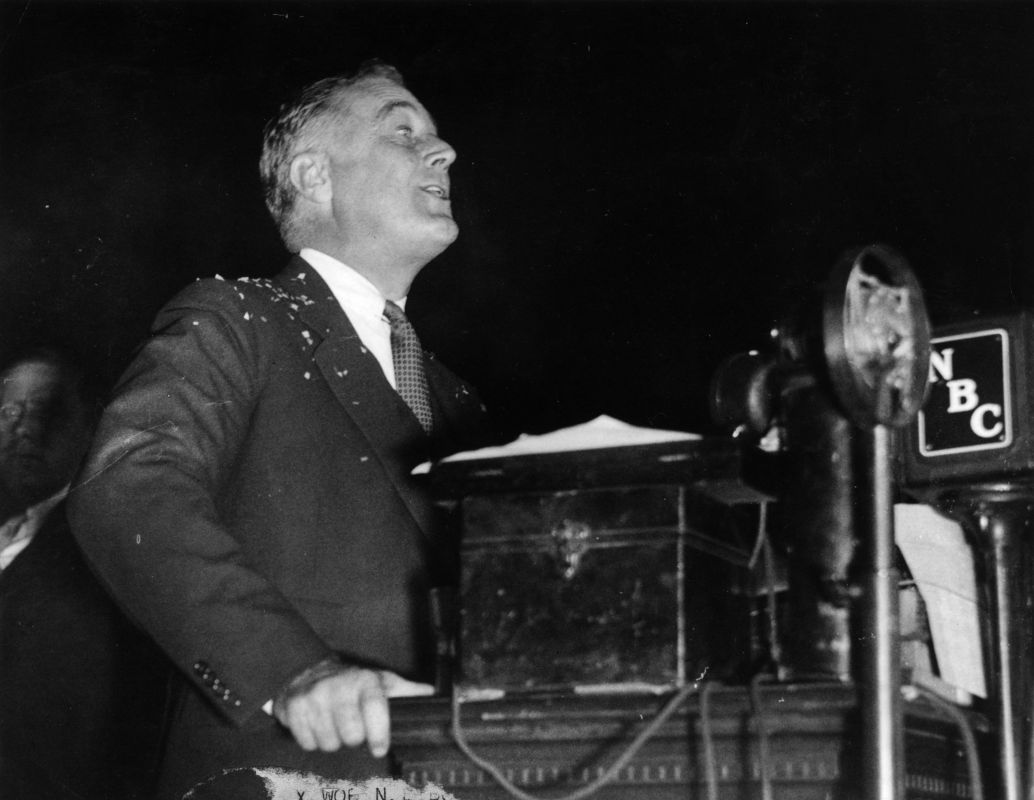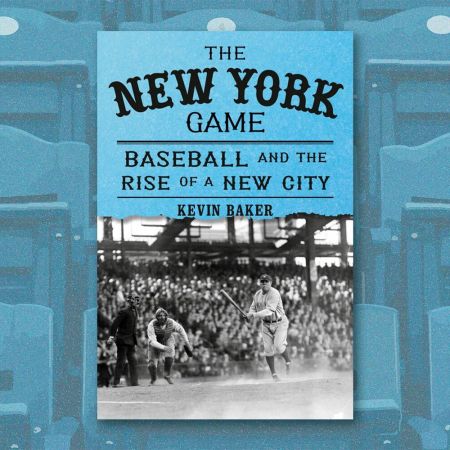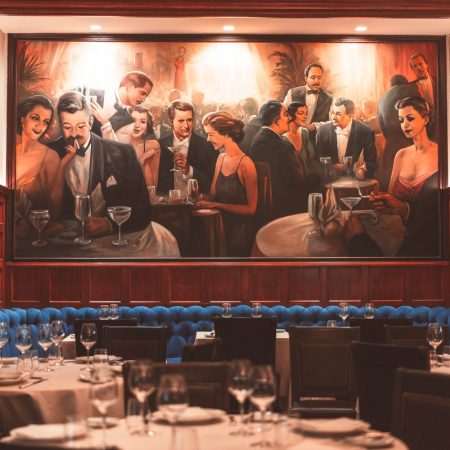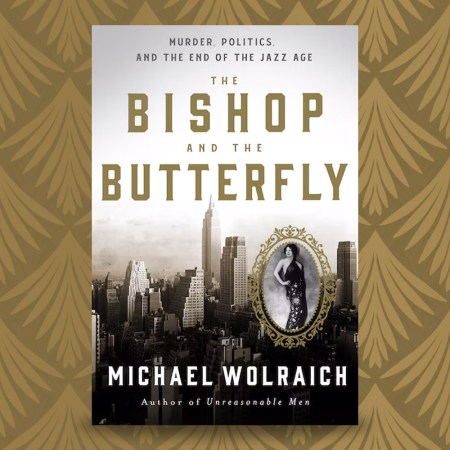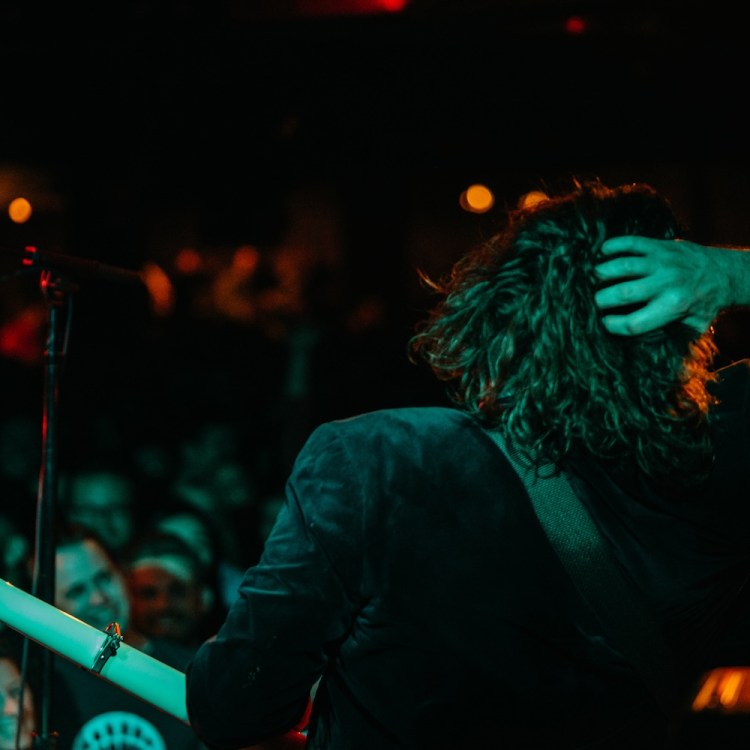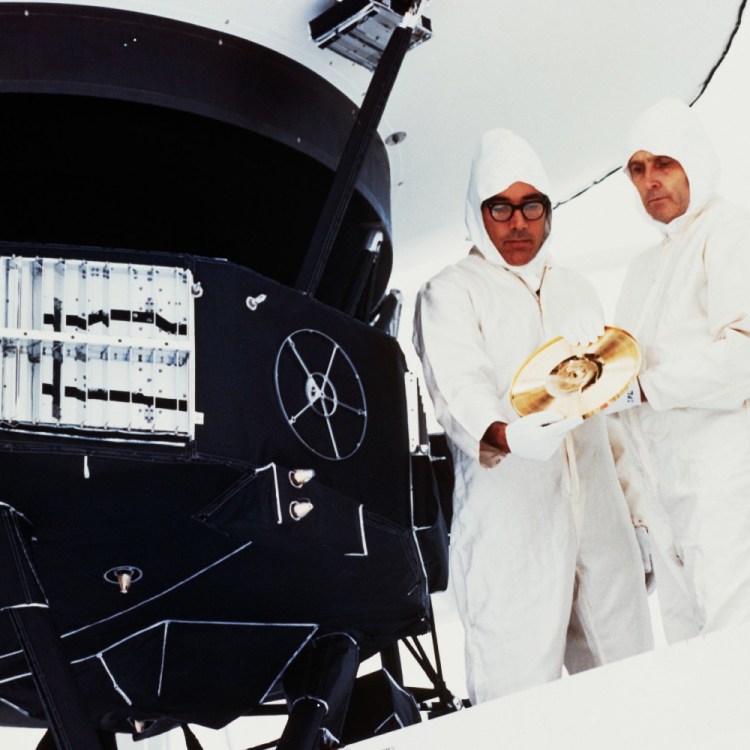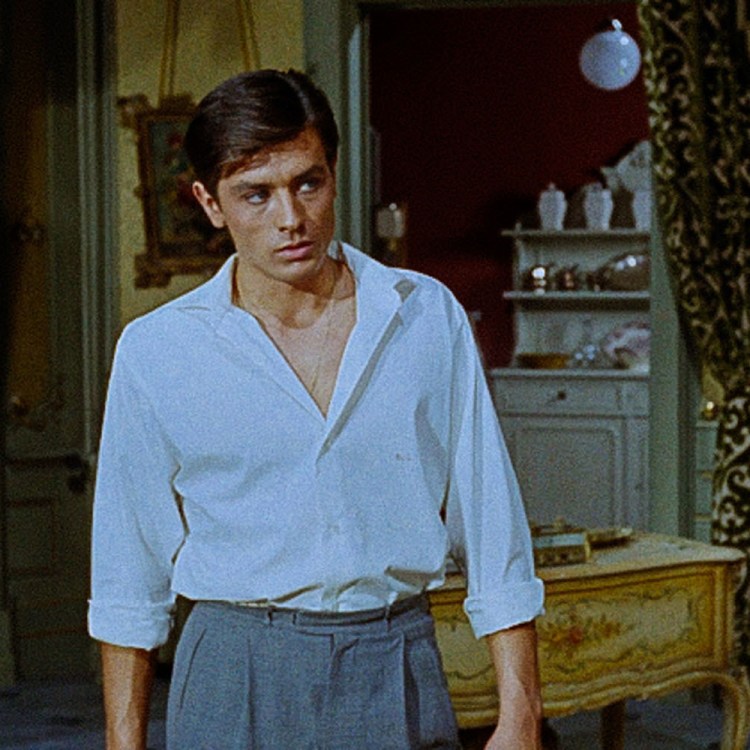“I want to kill the President. I want to kill all Kings and Presidents.”
That’s how Guiseppe Zangara began what would’ve been a lengthy courtroom speech, until Zangara’s own attorney cut him off.
Zangara was pleading guilty to crimes related to the attempted assassination of Franklin D. Roosevelt in a violent episode on this day in 1933.
Roosevelt had just won his first presidential election but wouldn’t be inaugurated until March. On the night of Feb. 15, the president-elect had just finished a speech in Bay Front Park.
Zangara, an Italian immigrant and anti-capitalist, filed several shots at Roosevelt, but his aim failed him, and he injured five others. One of the victims, Chicago mayor Anton Cermak, later died of his wounds.
A local woman was credited at the time with saving Roosevelt.
“President Roosevelt was only about fifteen feet away from us. He finished his speech and got down from the back of the automobile – and open car it was – and had settled in the back seat,” The New York Times quoted Lillian Cross as saying. “I stood up on the bench on which I’d been sitting to get a better look at him. I was on the front end of it.”
Roosevelt had just arrived and gave a brief speech to everyone gathered from the car.
Another account from the Times picks up the story: “Mr. Roosevelt had ended his speech with the words, ‘Many thanks’ and had resumed his seat in his car. The photographers and the newsreel men ask him for a moment more for photographs. He complied with their request smilingly.”
Cross said that’s when “this man – he was dark and had curly hair, I think he was rather small, too, though I’m only five feet, four myself – stood up on the same bench too, but on the back part and it sort of folded in the middle,” she said.
“I was afraid I was going to fall, and I turned around and said, ‘Don’t do that please; you’re about to knock me off… Just then I saw the pistol. My mind grasped immediately what he was up to,” she said. “I had my bag in my right hand, but in much less time than it takes to tell I switched it to my left hand and caught him by the arm. I twisted his arm up.”
Later stories, including one relayed in the HBO show “The Newsroom”, credited the wobbly seat with Zangara’s missed shots, though Zangara himself later blamed Cross for interrupting the assassination.
The shots missed Roosevelt but did strike four other bystanders, in addition to Cermak.
Zangara reportedly showed no remorse for the shooting.
“I tried to shoot Mr. Roosevelt before, when he talk, but lots of people in my road, and I can’t do it,” Zangara later said in court. “I feel I have a right to kill him. I feel that many years. I was right. I know they give me electric chair, but I don’t care – I’m right. It don’t make no difference who I kill. I kill [FBI Director J. Edgar] Hoover or [Italian Prime Minister Benito] Mussolini if I see them first.”
When asked if he was sorry about all the other people he shot, Zangara said, “I sorry I no shoot Roosevelt.”
Zangara was right about the electric chair and remained defiant until the very end. He was tried, pleaded guilty and was sentenced to death for Cermak’s murder.
“Zangara entered the death chamber followed by two guards,” the Times reported. “His head held high, he apparently enjoyed the drama as all eyes focused on him. He even walked jauntily. He glanced disdainfully at the electric chair, walked past it, and strode across the room to hand a sheaf of papers to [a prison official] – his ‘book’ in which he had set forth his philosophy on capitalism.”
Two guards tried to guide Zangara to the chair, but he said, “I’ll go myself, I no scared of electric chair.”
Zangara was reportedly only upset that there wasn’t any media to record his final moments.
“Lousy capitalists – no picture – capitalists, no one here take my picture – all capitalists lousy bunch of crooks,” he said.
Zangara died that day, March 21, 1933, three weeks after Roosevelt was sworn in. He would go on to serve three full terms as one of America’s most consequential presidents.
This article was featured in the InsideHook newsletter. Sign up now.
